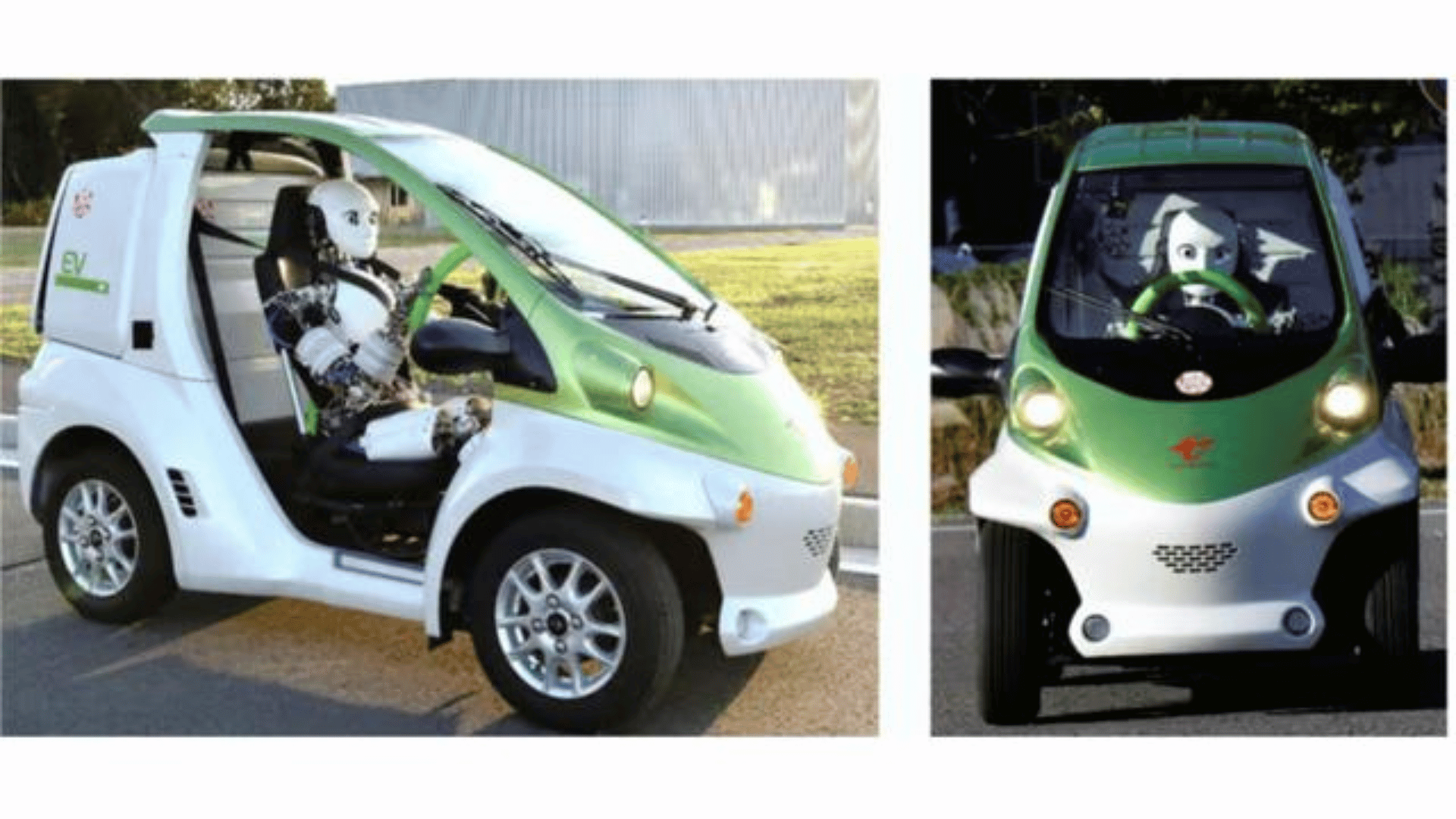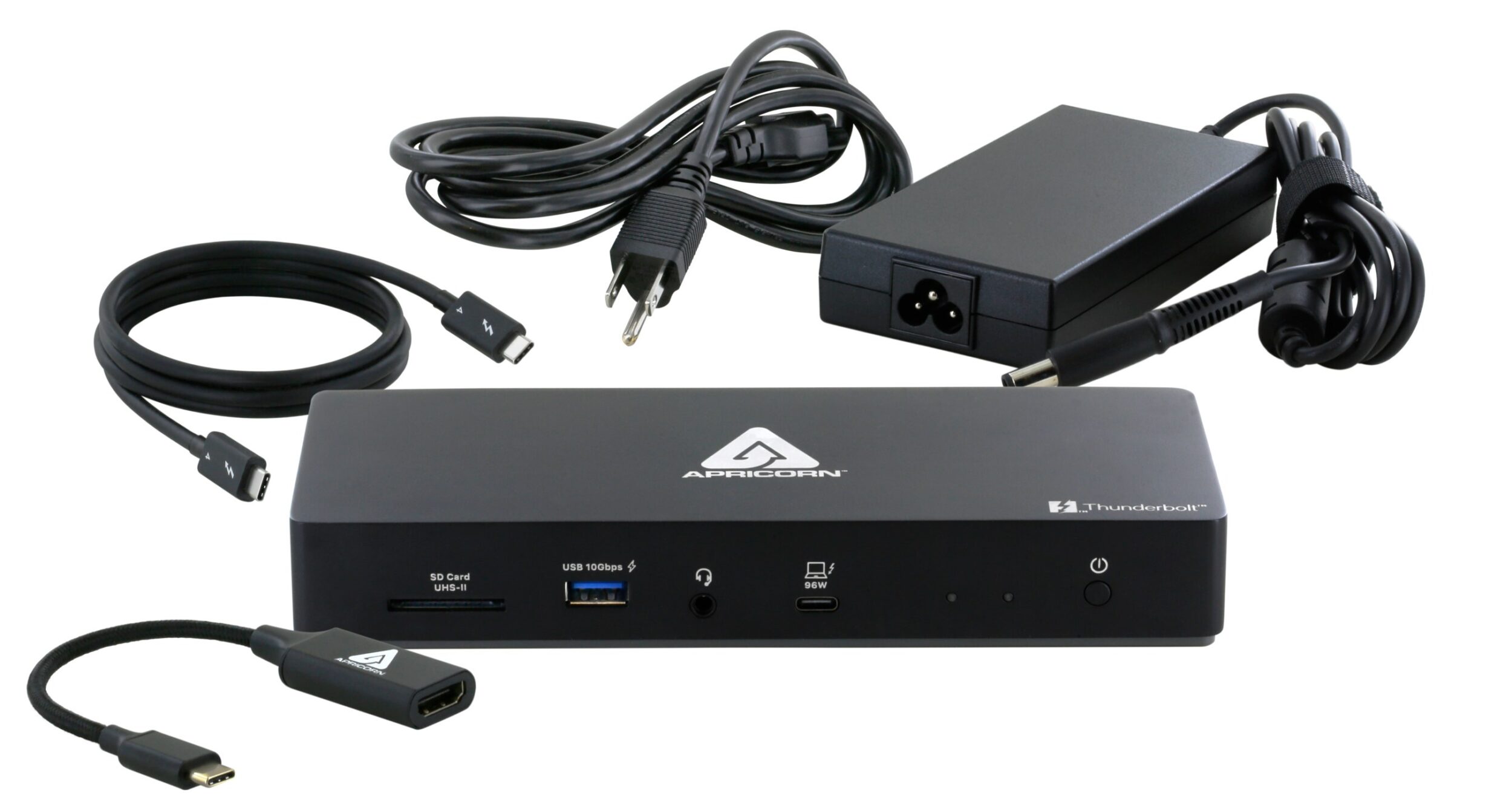As driverless cars continue to make headlines, researchers at the University of Tokyo have created humanoid robots to drive vehicles.

The musculoskeletal humanoid robot called Musashi is designed to mimic the human body. The robot’s multiple sensors and flexibility allow it to use the steering wheel with both arms and recognize humans in the side mirror as it operates the acceleration and brake pedals.
Traditional humanoid robots lack proportionality and flexibility, requiring specific types of equipment for particular tasks. The musculoskeletal humanoids mimic human muscles with pneumatic actuators or muscle motors, which gives them the flexibility to execute complex motions such as operating steering wheels with both arms.
The robot’s form mirrors humans, including a “joint and muscle structure” inspired by the human body’s proportions and mechanics, with 74 muscles and 39 joints, not including the hand. The musculoskeletal structure comprises muscle modules, joint modules, and abrasion-resistant Dyneema fibers.
Explore Tomorrow's World from your inbox
Get the latest science, technology, and sustainability content delivered to your inbox.
I understand that by providing my email address, I agree to receive emails from Tomorrow's World Today. I understand that I may opt out of receiving such communications at any time.
According to the study, the muscles are arranged antagonistically around joints, and the nonlinear elastic unit (NEU) uses rubber for flexibility. The movable eyes are equipped with a high-resolution vision camera that is capable of moving to capture various sights.
While Musashi’s hands handle the handbrake, turn signals, and ignition key, its feet control the brake and accelerator pedals. Its advanced sensors allow it to measure the force and flexibility of its movement.
During testing in a Toyota COMS electric car, Musashi completed a two-minute turn at a moderate speed by releasing the brake pedal without using the accelerator. It also successfully navigated a junction by identifying traffic lights.
In addition to driving, the robot underwent tests to ensure it could detect and react to objects in its path, including humans. Since these robots are more human-like in their build, they also make more realistic crash test dummies.
“For autonomous driving by humanoids in the future, we would like to develop the next hardware and software using the obtained knowledge,” said researchers in the study.







